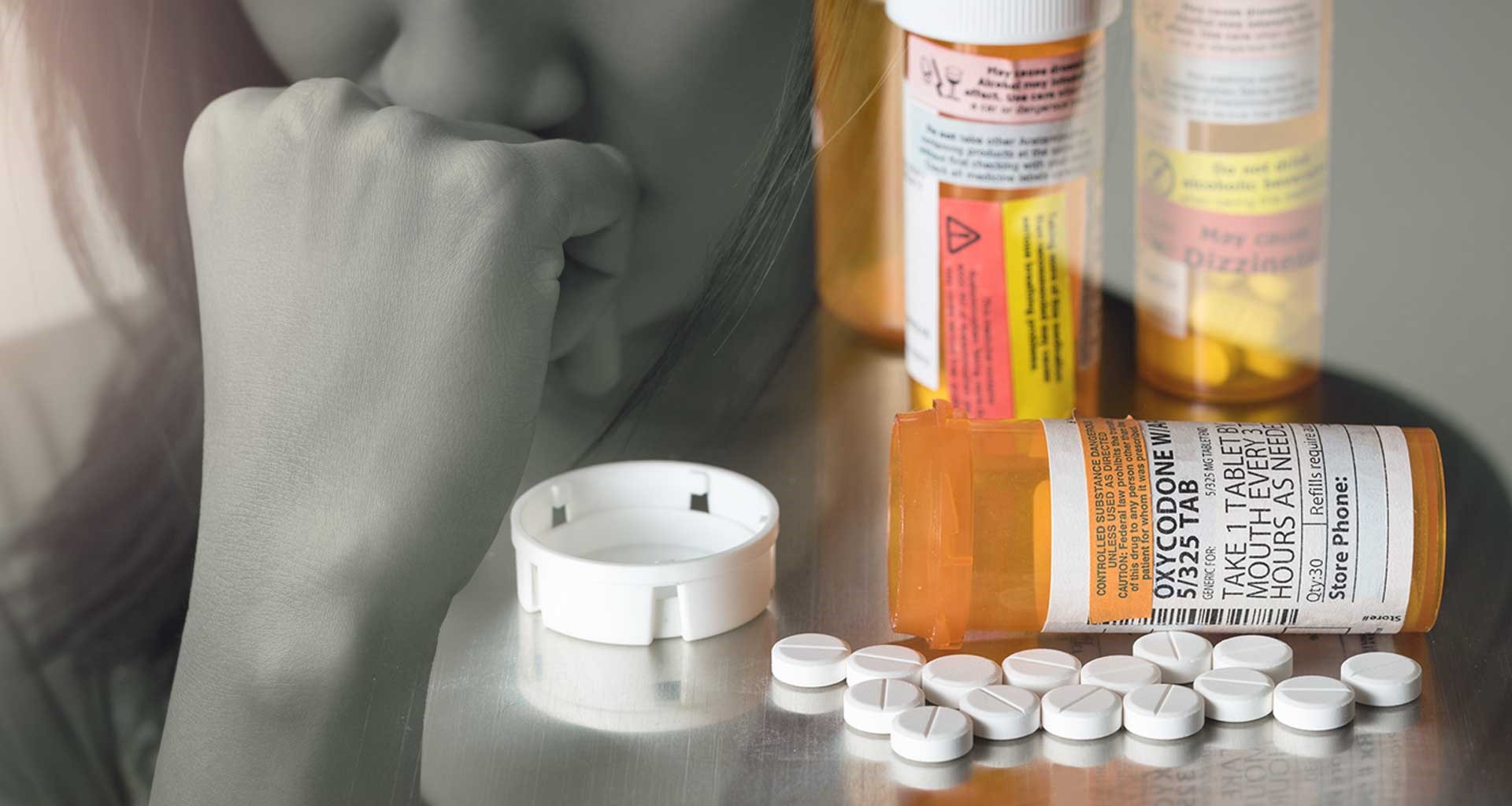MONTHLY SERIES (Part 12)–UNDERSTANDING ADDICTION, RECOVERY, & WELLNESS: Modern Medicine
Antabuse: The beginning of modern medicine in the treatment of addiction
If morphine, heroine, or cocaine will not get them to stop drinking maybe a drug that will make them so sick that they think they will die if they use alcohol will get them to stop. Enter the age of Antabuse 1951.
History
Over the thousands of years of addiction being recognized as a problem many mood- altering chemicals have been used to overcome the addiction. In the late 1800s heroin, cocaine, and morphine was used to overcome different kinds of addiction. For example, heroin was first used as treatment for morphine addiction. Cocaine was prescribed by physicians for a very wide variety of problems including addiction. Of course, none of these drugs helped often making it worse for the patient compounding the addiction problem in that the patient now was addicted to more substances.
In 1881, a Berlin chemist, M. Grodzki, disovered the compound for what would be known as disulfiram. It was discarded as useless only to later be used in the making of both synthetic and natural rubber. In 1937, it was noticed that workers in these rubber plants got sick when they used alcohol. At the time, nobody thought that this would be a good product to curb alcoholic drinking.
In 1947, Dr Jacobson and Oluf Martensen -Larson, a physician with experience in the treatment of alcoholism collaborated to create Antabuse. It was first used in the Scandinavian countries and was approved for use in the USA by the Federal Drug Administration in 1951. The last information found for number of prescriptions for Antabuse of all brands was for 2008 and was 250.000 prescriptions
Observations
In the early 1980s when I started working as a therapist with alcoholics as a clinical social worker, I had numerous patients using Antabuse. It is prescribed by physicians to help their recovery by keeping them off alcohol. To use alcohol and Antabuse would cause a very unpleasant physical reaction often to the point of requiring emergency room hospitalization. Even so, I found that some patients would try to use very small doses of alcohol on Antabuse. They would thus try to avoid the extreme physical reactions but still causing more minor physical problems.
Other patients I found would conveniently forget to take Antabuse and the relapse using alcohol often going on binges for weeks sometimes dropping out of treatment. I found that all my patients using Antabuse when they stopped using the medication would relapse with alcohol. My treatment plan with the patients that were using Antabuse was that they would have to stop taking Antabuse for a couple of months before I would discharge them from talk therapy. Of course, they would consult their physicians about this.
I would often work with the physicians on these cases. I only referred a few cases to physicians to get on Antabuse who were the most out of control with alcohol use. There were a few patients who did do better taking Antabuse. But all seemed to relapse after they stopped using the medication. Nearly all got off the medication if not part of treatment plan for one reason or another on their own. Most often returning to using alcohol at even more degrees then in the past when dropping out of treatment.
In the area that I live in now in the mid-west, I have no patients that are prescribed Antabuse. It is considered a dangerous drug by many clinicians. However, in my experience nobody in my treatment died using this medication. In my research, I found only 12 deaths in the USA attributed to Antabuse from 1997 to 2019. Most of these cases had complicated diagnosis and the patients were on Antabuse for years. It is important for the public to understand that medication is only a small part of the recovery process. Still, it can help.
Next
There are now many medications that are used in the treatment of addicted patients. The next one, Methadone, that I will explain has been around for many years. It has been used to treat opioid addicted patients. Whenever we are dealing with opioid addiction, we have to consider pain issues. This will be discussed in my next post as well.
QUESTIONS
Do you have a specific question related to addiction and recovery? Please send your comments and questions to eaglekenj@gmail.com and I will cover it in a future blog post. Also, stay tuned for details regarding my online program, “Addiction, Recovery, Wellness.”
Kenneth J. Orlich, LMSW, LMFT, CAADC, ACSW is a clinical social worker, family and marriage therapist, and addiction specialist with over 35 years of experience working as a clinician with the addicted.
_________________________________________________________________________________________________
CONNECT WITH US —
Please like/follow us on social media links below to support a Made in USA, healthy-lifestyle company that is ‘Fighting for a Greener Planet’ to make a difference! Thanks friends!!
Sign up here at www.koecolife.com and receive valuable coupons, tips, & product updates. And, follow us @koecolife for our latest news and events too. Go YOU!
ABOUT US
K.O. “knock-out” ecolife promotes healthy living with a gut-wrenching desire to make a difference! We’re ‘Fighting for a Greener Planet’ with the eco-friendly products we develop, information we share on health, fitness, and wellness, and Giving Back mission.








